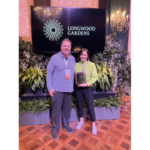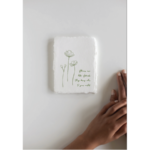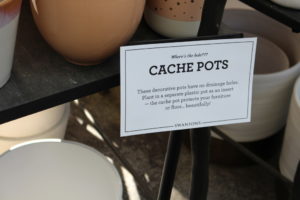
Research: Print And Television Advertising Prompt Online Searches
Though there is no question that online searches are becoming more popular for consumers, what exactly triggers those consumers to search online? In a recent survey, conducted for the Retail Advertising and Marketing Association (RAMA) by BIGresearch, consumers say they take cues from traditional advertising to determine when and where to search for merchandise online.
Consumers said they were most motivated to begin an online search after viewing advertisements in magazines (47.2 percent), newspapers (42.3 percent), on TV (42.8 percent) and from reading articles (43.7 percent). Women were more likely than men to be motivated by coupons (41.8 percent vs. 29 percent) and in-store promotions (29 percent vs. 24.5 percent) while men were more driven to start an online search based on a face-to-face conversation (36.1 percent vs. 29.5 percent).
After searching, online consumers said they are most likely to communicate with others about their search through face-to-face discussion (68.9 percent), though E-mail (53.1 percent), telephone (50.9 percent), and cell phone (30 percent) communication were also popular choices. Young adults 18-24 are also taking advantage of the new media, communicating about service, products and brands by instant messaging (37.5 percent), text messaging (23.7 percent) and through online communities like MySpace and Facebook (20.6 percent).
Shoppers continue to use the web as a resource before determining which items to buy and where. According to the survey, 92.5 percent of adults said they regularly or occasionally research products online before buying them in a store. Products that are most often researched online before being purchased in a store include electronics (50.8 percent), apparel (31.9 percent) and appliances (27 percent). Men were twice as likely as women to shop for automobiles online (20.2 percent vs. 10.2 percent), though women research home décor products more often than men (18.9 percent vs. 11.6 percent).



















 Videos
Videos





